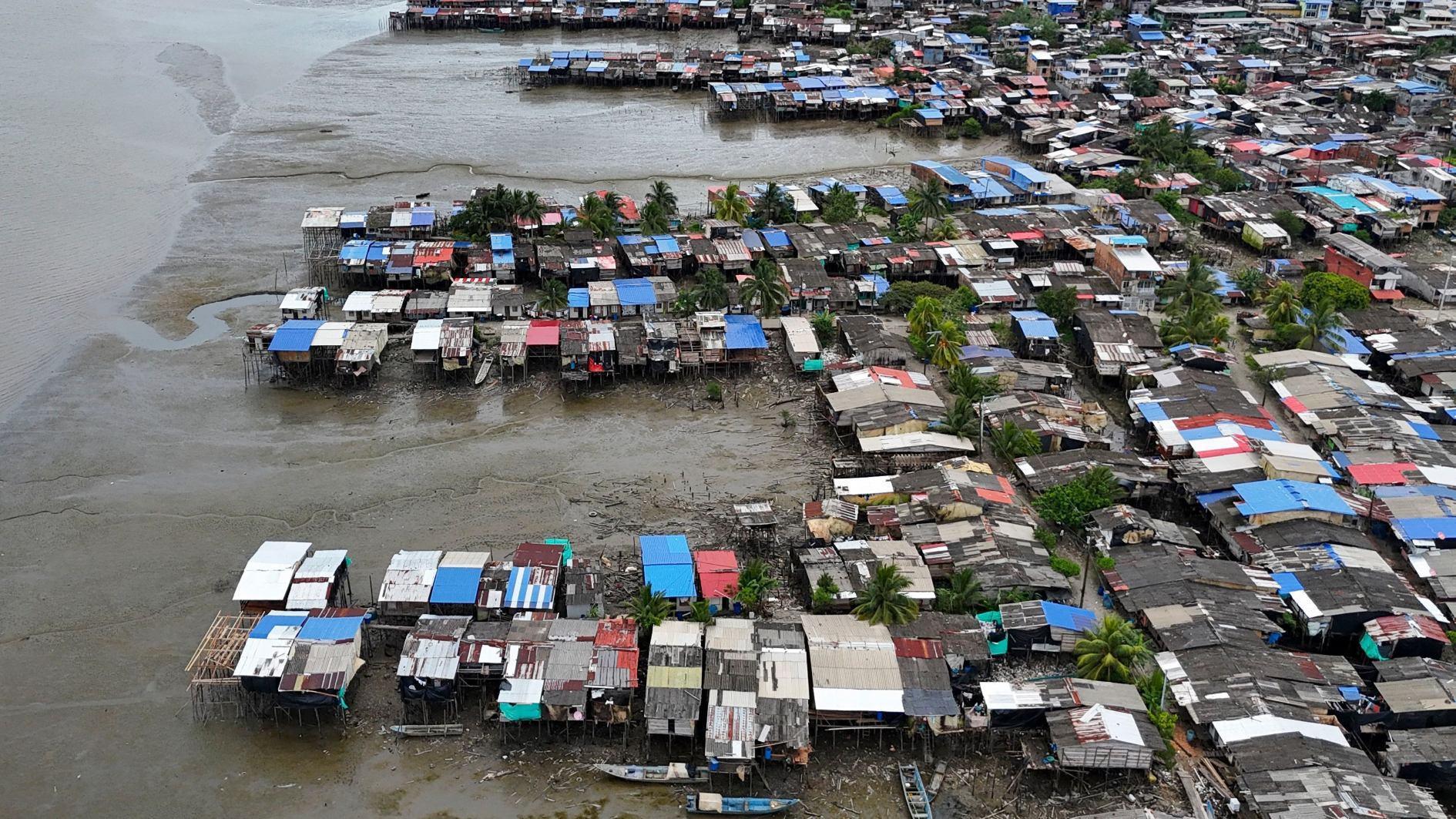
Countries across the Pacific rim lifted tsunami warnings on July 31, allowing millions of temporary evacuees to return home.
After one of the strongest earthquakes ever recorded rattled Russia's sparsely populated Far East, more than a dozen nations, from Japan to the United States to Ecuador, warned citizens to stay away from coastal regions.
Storm surges of up to four meters were predicted for some parts of the Pacific, after the 8.8 quake struck off Russia's Kamchatka peninsula.
The tsunami warnings caused widespread disruption. Peru closed 65 of its 121 Pacific ports and authorities on Maui canceled flights to and from the Hawaiian island.
But fears of a catastrophe were not realized, with country after country lifting or downgrading warnings and telling coastal residents they could return.
In Japan, almost 2 million people had been ordered to higher ground, before the warnings were downgraded to an advisory for large stretches of its Pacific coast, with waves up to 0.7 meters still being observed yesterday.
"We urge the public not to go in coastal waters and please stay away from coasts," a seismologist at Japan's meteorological agency said.
In Chile, authorities conducted what the Interior Ministry said was "perhaps the most massive evacuation ever carried out in our country," with 1.4 million people ordered to high ground.
Chilean authorities reported no damage or victims and registered waves of just 60 centimeters on the country's north coast.
The worst damage was seen in Russia, where a tsunami crashed through the port of Severo-Kurilsk and submerged the local fishing plant, officials said.
Russian state television footage showed buildings and debris swept into the sea.
The initial quake also caused limited damage and only light injuries, despite being the strongest since 2011, when 15,000 people were killed in Japan.